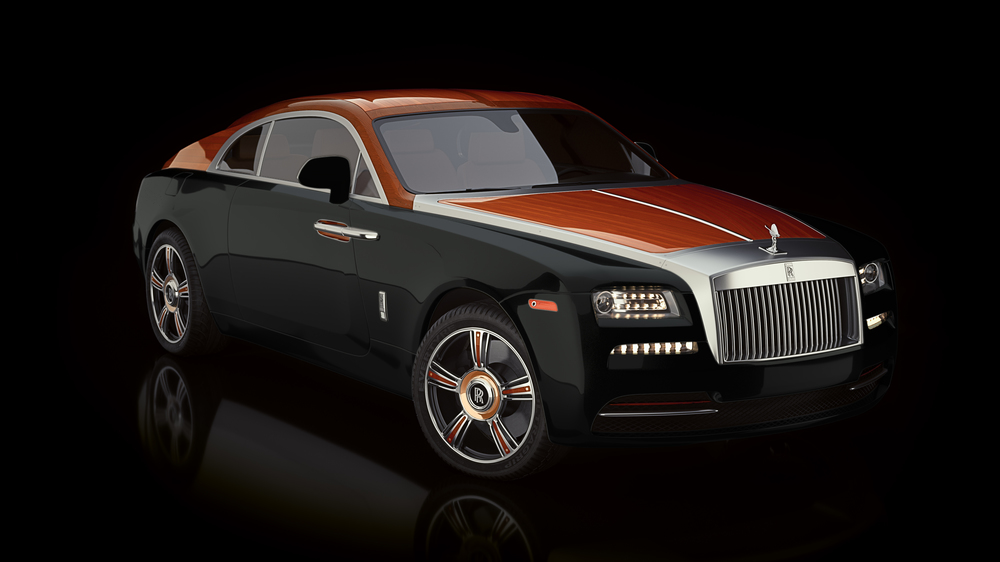TEDX covers wide range of topics.
All of the speakers were met with great enthusiasm by the over 600 attendees of the TEDX Conference in Southampton Fairmont theater. Sotto spoke on the topic “The How of Wow”- the experiential design process. His colleagues covered the future of marriage, the impact of electronics on child behavior, the intelligence of cells, robotics, painting on planes, quantum computing, and storytelling and more. Amazing and provocative content. Special thanks to all those who came especially to hear Eddie speak, and to Niklas Traub for bringing Eddie to TED. The speakers bios here.
https://www.tedxbermuda.com/2018bios/
With fellow TED speakers Dr. Pradipta Ghosh, Eddie Sotto, and Yomi Ayeni
On Stage. “Experiences are sensory systems we can tune”
Sotto chats with Bermuda’s Governor Rankin at Bacardi HQ TEDX mixer.
Can’t wait to return to Horseshoe Bay.










